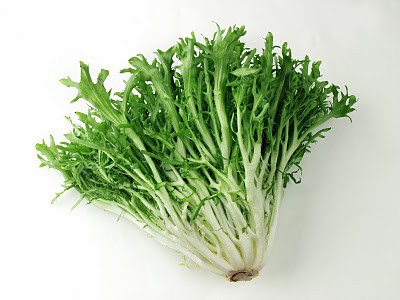Broccoflower or broccauli refers to either of two edible plants of the species Brassica oleracea with light green heads. The edible portion is the immature flower head (inflorescence) of the plant.
There are two forms of Brassica oleracea that may be referred to as broccoflower, both of which are considered cultivars of cauliflower because they have inflorescence meristemsrather than flower buds when harvested. One is shaped like regular cauliflower, the other has a spiky appearance. They share a curd color that is a similar hue to broccoli.
Broccoflower is the trademark name owned by California growers Tanimura & Antle, used exclusively for their version of green cauliflower, a cauliflower-broccoli cross.
Tanimura & Antle’s Broccoflower™, grown and sold by other growers as simply “green cauliflower,” bears the assets of both of its parents, though in appearance, it favors the cauliflower, rather than the broccoli, side of the family. Because broccoli and cauliflower are relatively closely related, cross-pollination takes places readily.
One popular cultivar of green cauliflower is the “Green Ball,” a nicely descriptive name. The Broccoflower, or green cauliflower, resembles a white cauliflower whose curd has been dyed a springtime hue of vivid chartreuse.
Health Benefits of Broccoflower
It is simply jam-packed with vitamins, minerals and cancer fighting compounds, including vitamins A, C, folic acid, calcium, magnesium, phosphorus and even protein. In fact, a serving of broccoli provides a better source of vitamin C than a serving size of most citrus fruits. Broccoli even contains more calcium than a glass of milk! Another plus is the cancer fighting properties naturally contained in broccoli known as isothiocyanates. This sulfur-containing phytochemical is believed to make broccoli a veritable cancer fighting and even preventing powerhouse! And to think all this goodness comes in only 1 cup of broccoli, which has only approximately 30 calories.

